Case Analysis: Michael's Employment Status and Legal Claims
VerifiedAdded on 2022/08/08
|6
|1343
|23
Case Study
AI Summary
This case study analyzes a hypothetical employment law scenario involving Michael, who worked for QRS as a cleaner for eleven years before being asked to resign and contract his services to a partner firm, DEF. The assignment examines whether Michael should still be considered an employee of QRS despite the change in arrangement. It applies the 'multi-factor test,' referencing relevant cases like Stevens v Brodribb Sawmilling Co Pty Ltd, Tattsbet Limited v. Morrow, and Fair Work Ombudsman v Quest South Perth Holdings Pty Ltd, to determine the employment relationship. The analysis concludes that Michael should be considered an employee of QRS, and can claim compensation for unfair dismissal under the Fair Work Act 2009, as no reasonable notice was given, and no grave misconduct was involved. The study highlights the concept of 'disguised employment' and the importance of considering the substance of the employment relationship over its form.
1 out of 6
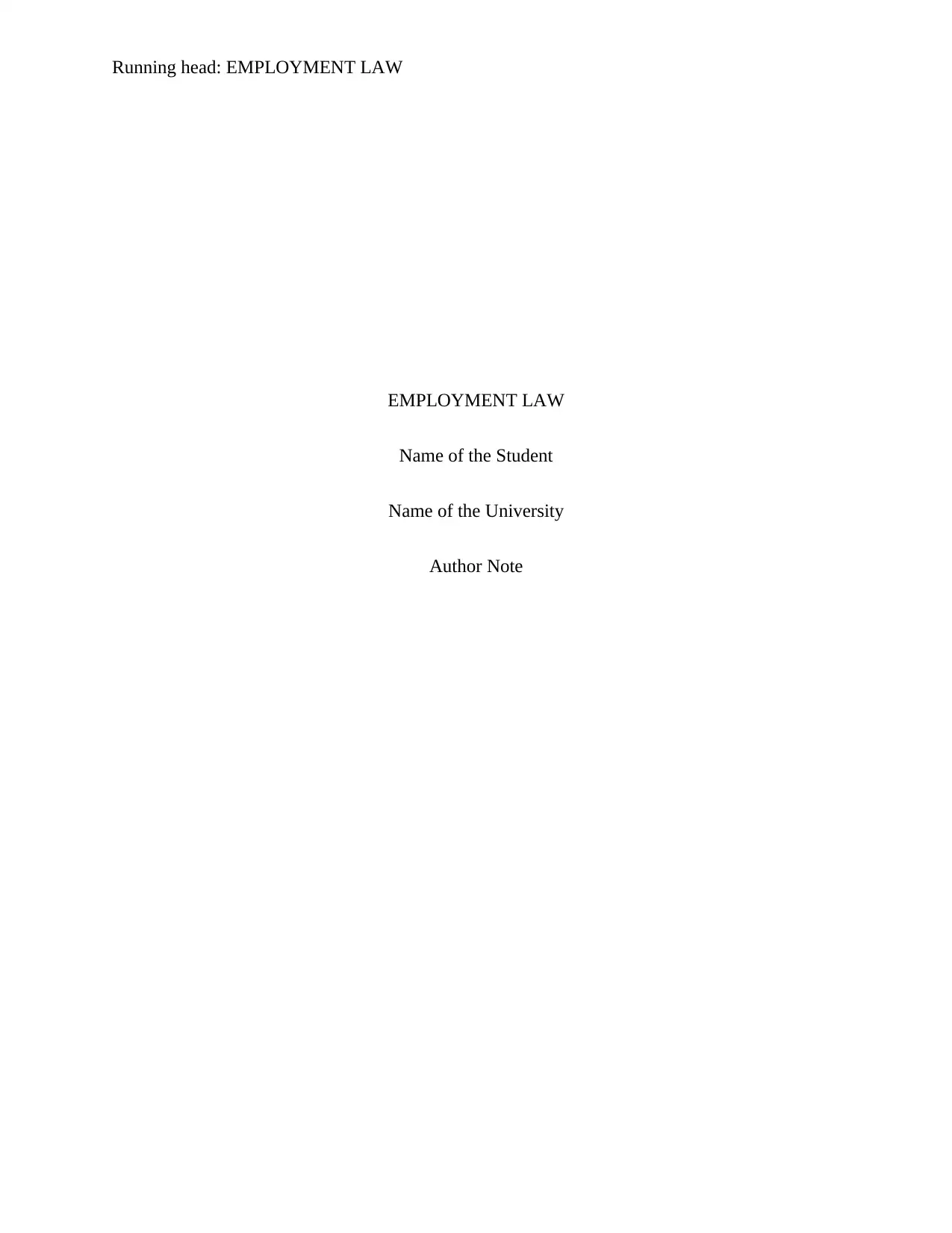
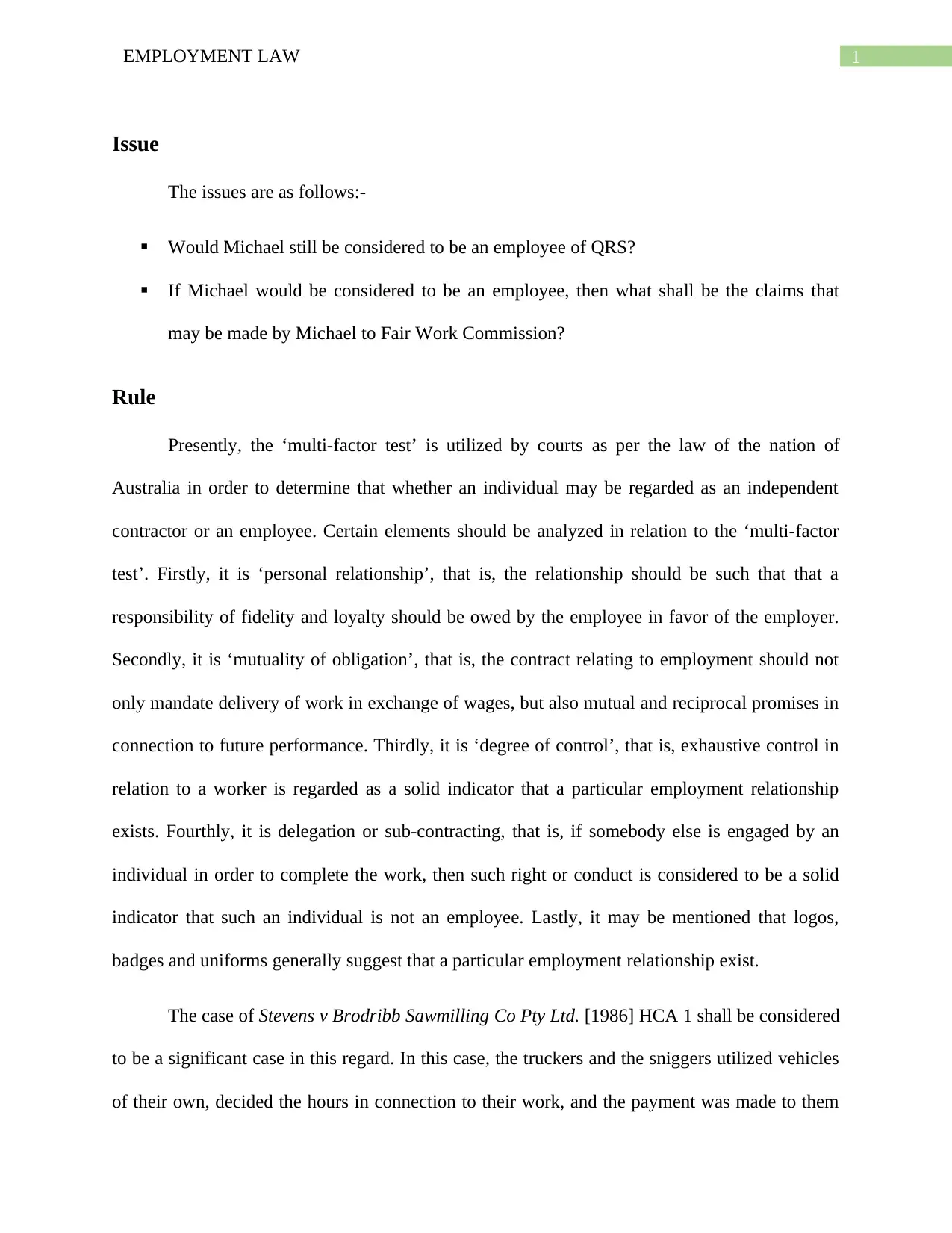
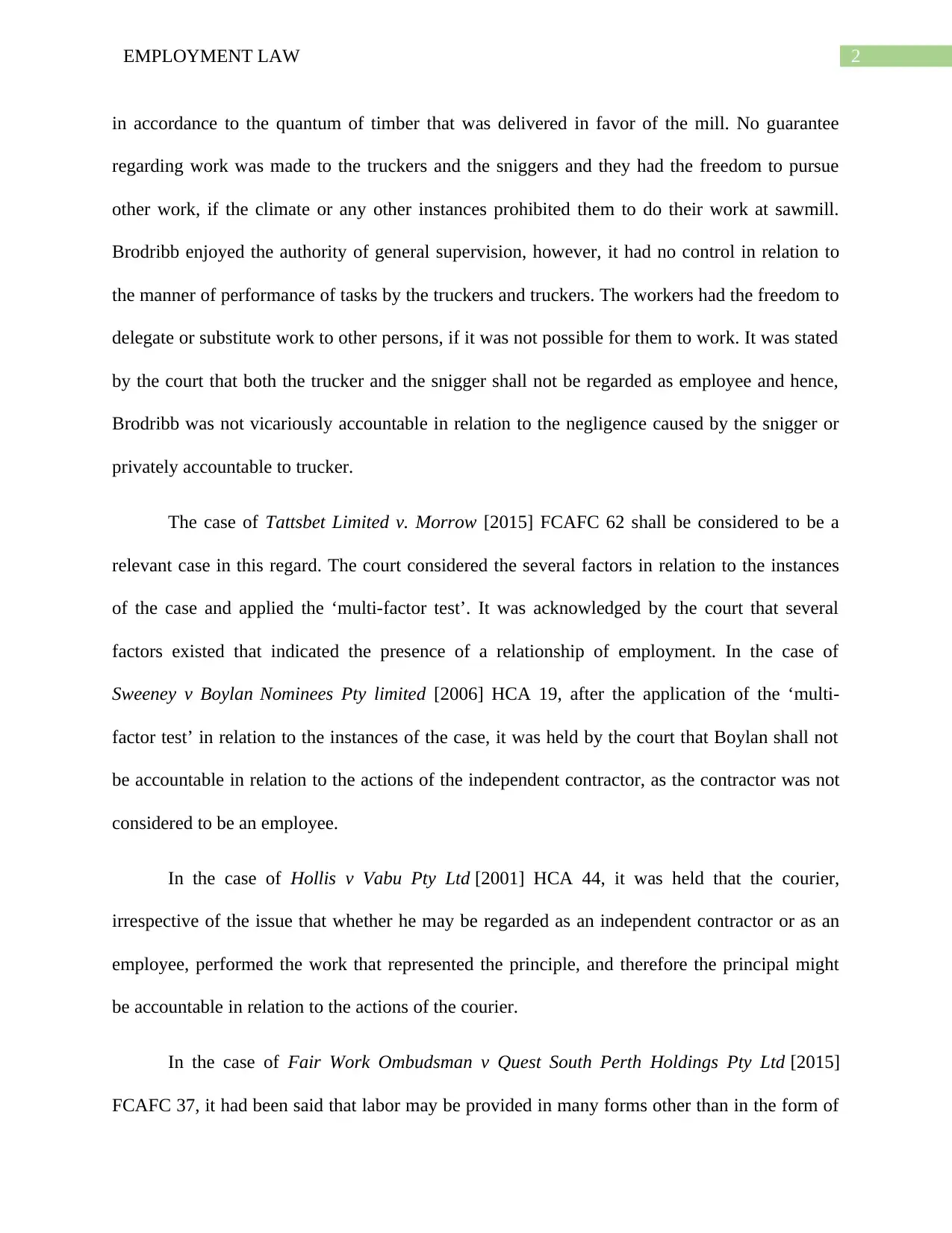
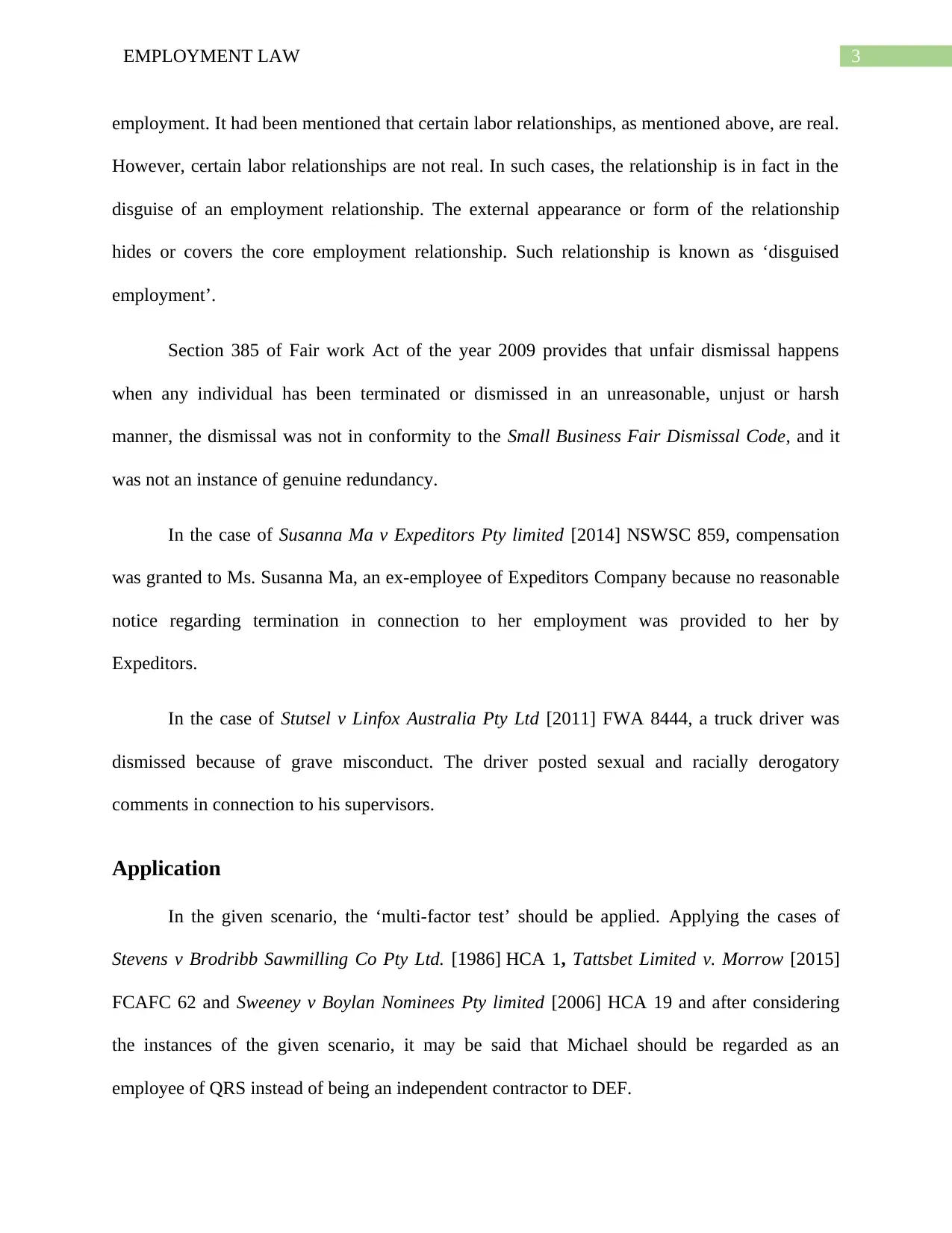
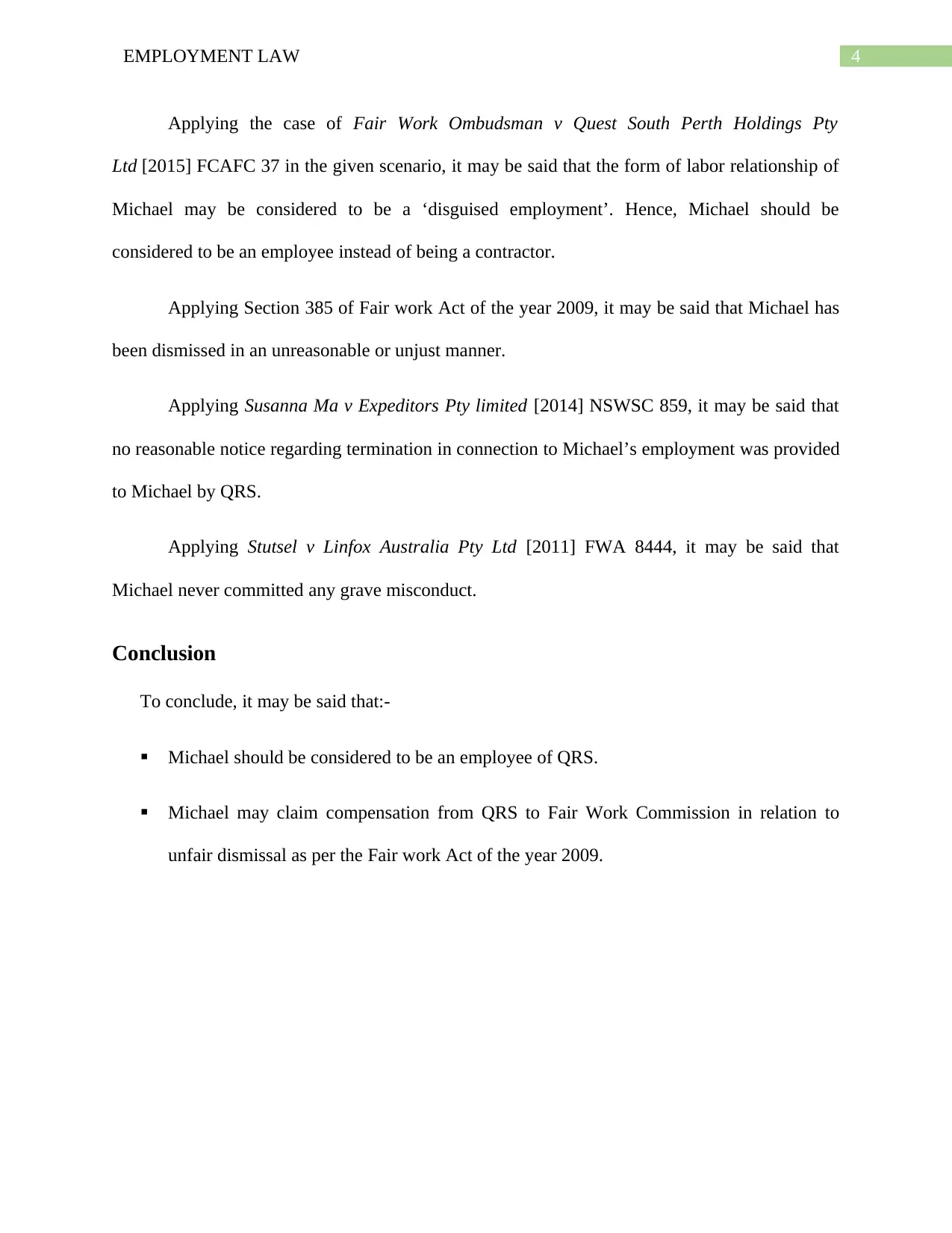
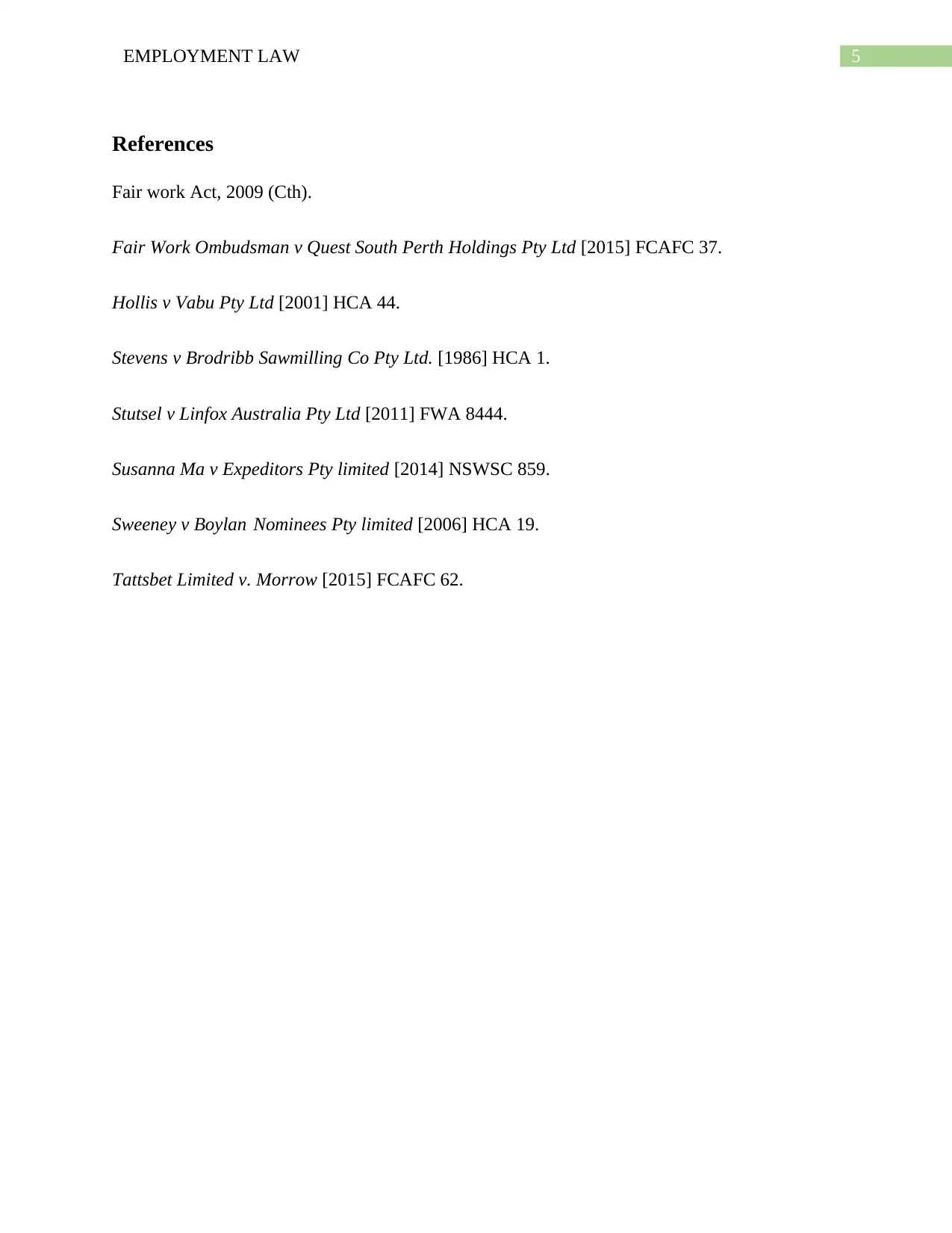






![[object Object]](/_next/static/media/star-bottom.7253800d.svg)